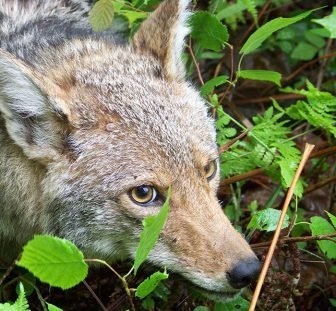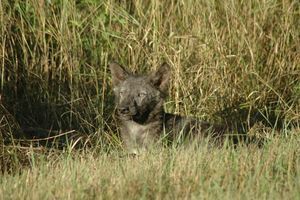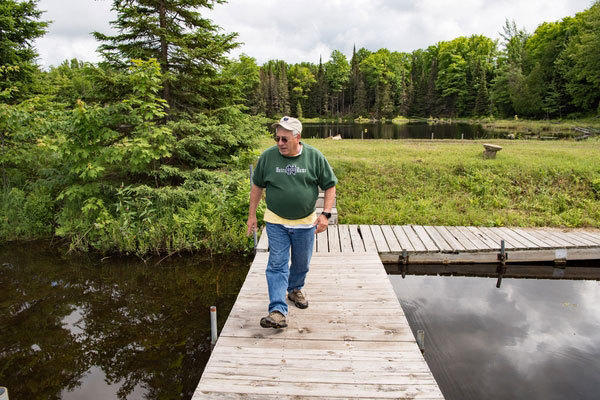
Notre Dame researchers explore how “fear ecology” changes the survival of plants and animals

Whether it’s because of folklore or wolf attack stories from Asia or Europe, wolves get a bad rap. However, the grey wolves found in Canada and the United States are relatively harmless to humans and may even be considered beneficial to other animals in some ecosystems. New Notre Dame research has shown that wolves living in Michigan’s Upper Peninsula are actually helping foxes, hares, and plants survive. This is because some larger predators and herbivores live in fear of being killed – but not necessarily because they are being killed – and change their behavior as a result.
Gary Belovsky, director of the University of Notre Dame Environmental Research Center (UNDERC), and David Flagel, assistant director at UNDERC-West in Montana, conducted several studies on the cascade effects that grey wolves at UNDERC-East, located within Wisconsin and Michigan, would have on the area’s ecosystem. The researchers looked at how both coyotes and whitetail deer reacted to the wolves’ presence, as well as how their food sources – small animals and plants – might benefit.
 David Flagel
David Flagel
“What we are seeing is the concept of ‘the enemy of my enemy is my friend,’” said Flagel. “The coyotes mostly hunt small animals like foxes, rabbits, hares, and some deer. The wolves that live within UNDERC-East are territorial and attack the coyotes to keep them away from deer, the wolves’ main food, thus helping the small animals that coyotes kill to survive. Additionally, the deer that are now being hunted by wolves are living under a heightened sense of fear and are therefore spending more time scanning for wolves and less time eating, helping tree saplings and wildflowers grow faster.”
This was the first study to document this wolf-induced cascade effect in an experimental way as the researchers were able to implement a controlled research design. For the experiment, the researchers separated UNDERC-East into four areas: unfenced wolf territory, unfenced non-wolf territory, fenced-in wolf territory, and fenced-in non-wolf territory. With these areas, Belovsky and Flagel found that both fenced-in spaces – which allow neither the deer nor wolves to enter – as well as the unfenced wolf territory had comparable amounts of plant growth, showing that the wolves being near had a significant impact on how much the deer ate.
 Gary Belovsky at UNDERC-East
Gary Belovsky at UNDERC-East
The research results showed effects on sapling growth that were twice as impactful as a similar study done at Yellowstone National Park in 2001. In discussing why this is the case, Belovsky said, “There could be many reasons why our study presented a much larger impact, one of which was most likely the more precise measurements in an experiment. But another could be that our research was done in a more forested area where deer must constantly be on the lookout for an attack, as they graze for food as individuals. This means the fear that deer feel is likely greater in a forested area than an open plain where deer graze in a group and are more likely to see a predator coming.”
The next step in this research is to study how and when deer become aware they are in a wolf territory. This will encompass manipulating a variety of indicators that are believed to influence deer when they are near the wolf pack.
UNDERC provides world-class destinations for environmental research, unsurpassed undergraduate education programs, and innovative graduate student training. UNDERC locations are unique pristine areas with exceptional facilities that permit descriptive studies and manipulative experiments. To learn more about UNDERC facilities and research, please click here.
Originally published by at research.nd.edu on February 13, 2017.